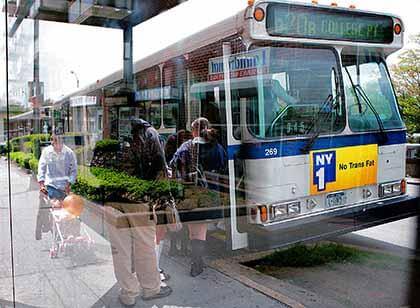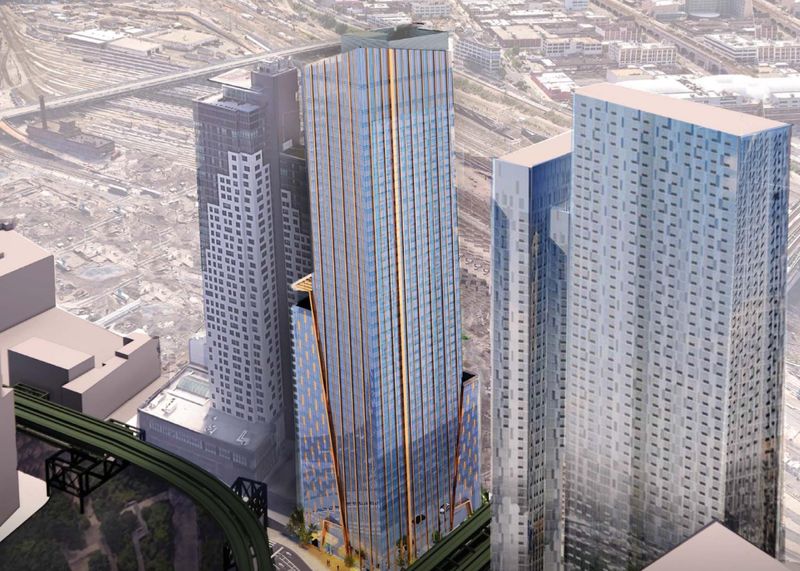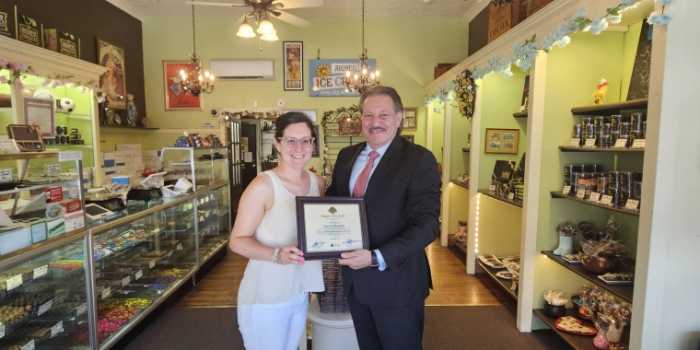By Philip Newman
As growing numbers of Queens, Brooklyn, Bronx and Staten Island residents work outside Manhattan, thousands endure tough commutes to work on a transit system never designed for their trips, an urban think tank says.
“Fortunately, relatively inexpensive changes to the city’s bus system could plug many of the holes in the city’s existing transit network and vastly improve the quality of life of many working poor New Yorkers,” the Center for an Urban Future reported.
The New York City-based center said the Metropolitan Transportation Authority should provide Bus Rapid Transit super express buses to connect the many areas between boroughs other than Manhattan. The BRT buses would cost tens of millions of dollars as compared to hundreds of millions for new subway lines.
“While the majority of outer borough residents still work in Manhattan, between 1990 and 2008, the number of Bronx residents who travel to Queens or Westchester County for work grew by 38 percent, while the number who travel inside the boroughs jumped by 25 percent in the same period,” the report said. “The number commuting to Manhattan increased just 13 percent.”
The BRT buses, in service in the Bronx and on Manhattan’s East Side, require paying before boarding through any door, offer other time-saving features and have BRT-only lanes that have been successful the world over.
But the center contended that few of the MTA’s recommendations for BRT service would solve the lack of inter-borough buses.
The report said, “Most of the low-income residents we interviewed rely on a bus to get out of their neighborhoods and they complain of multiple transfers and long, undependable commutes.”
“New York City’s transit system was not designed for commuter trips to jobs within and between boroughs outside of Manhattan and partly as a result, the city’s median commute times have been climbing for decades,” the report said.
The center found that the commute times are among the highest in any large American city, ranging from 52 minutes each way in Brooklyn to 69 minutes each way in Staten Island.
“The MTA seems to be under the impression that all job growth in the city is still occurring in the Manhattan Central Business District, but it’s not,” the report said. “Because the public transit in the area could not be depended on, several [businesses] have invested in their own shuttles or by reimbursing employees for transportation costs.”
Steve Chen, vice president of Crystal Windows and Doors in Flushing, told the center that the lack of transit in his area had taken a toll on the business.
“College Point has been advantageous for Crystal Windows in many ways, but [for] employees commuting by mass transit [it has] unfortunately been a challenge. Improved mass transit would allow our expanding business to draw from a larger labor pool, improve our ability to attract and retain new workers and make us a more competitive manufacturer,” Chen said.
Besides the need for better transit for employees, the report said, more people need to use it — lest streets become even more traffic-choked.
“By the MTA’s own statistics, only 26 percent of Queens residents use public transit,” the center said. “If expected population increases come to pass then by 2030, that will translate into 113,960 new car trips a day in Queens.”
The think tank acknowledged that the MTA is in financial straits, which would affect progress in expanding interborough transit.
Reach contributing writer Philip Newman by e-mail at timesledgernews@cnglocal.com or phone at 718-260-4536.



































